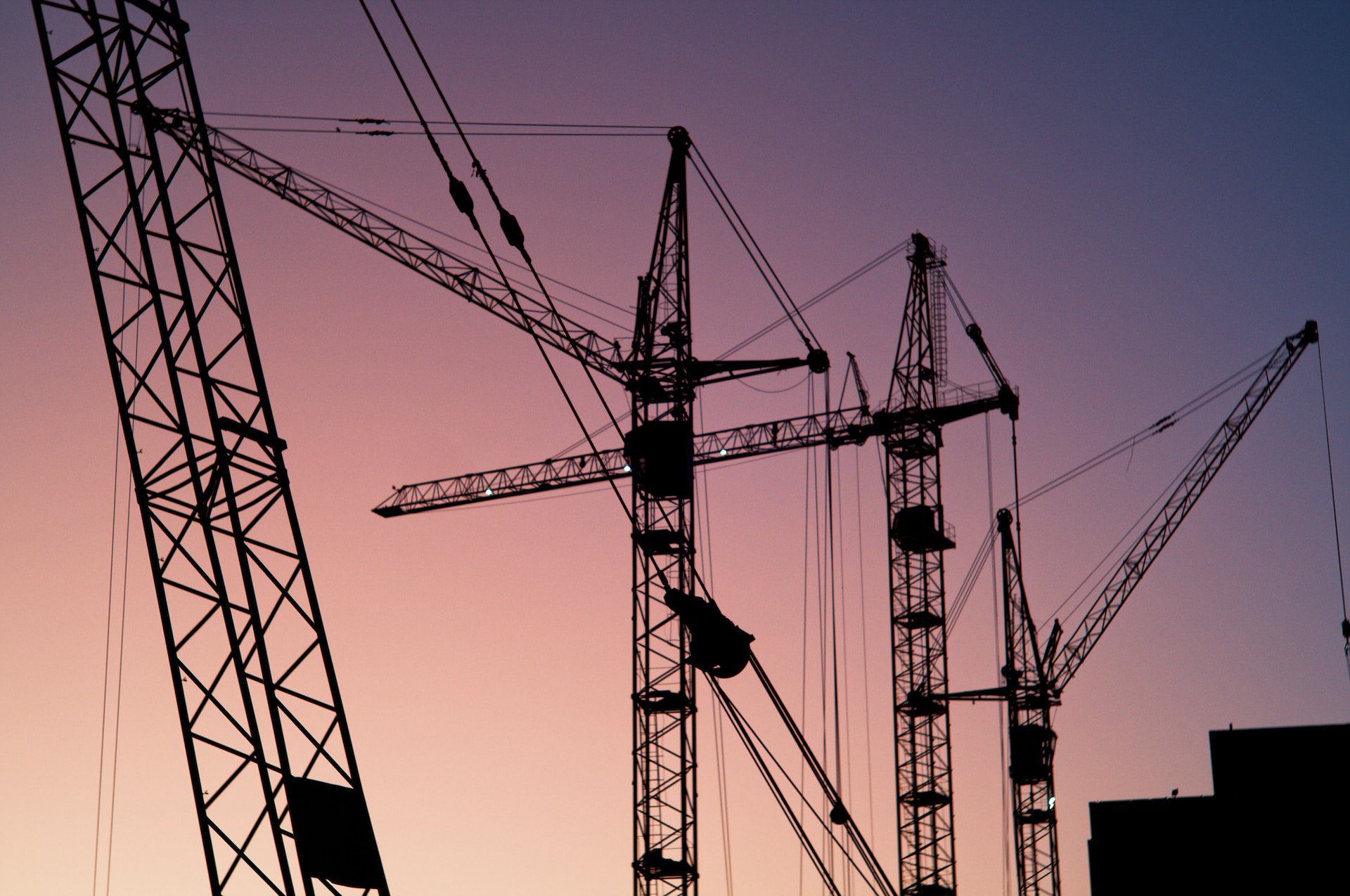In power plants, a bridge crane moves heavy equipment to perform maintenance. It helps with the positioning of large machinery, such as turbines and generators.
Generally, bridge cranes are used in light to heavy industrial applications including aerospace, steel processing, mills, ship construction, railroad equipment repair, coal and defence. Specialised options include dual hoist, radio remote control, service and full man platform, and custom variable frequency drive control.
Lifting
A bridge crane can lift and move a load in multiple directions, which is helpful in warehouses. It is also used to transport and transfer products between departments in a production facility.
The crane runway is the main structure that supports the bridge and hoist or trolley. It is normally supported on the bottom flanges of beams in the building or on tracks attached to the side of the runway. It can also be supported directly on the building roof structure or on columns.
Transporting
Bridge cranes have the ability to move and position loads in a variety of ways. This versatility can be very useful to production facilities when moving and positioning heavy or oversized items.
The main components of a Bridge crane are the crane bridge, hoist or trolley, and runways. The crane bridge traverses the runways and can be configured as either a single or double girder system depending on the capacity requirements.
The hoist or trolley is mounted to the crane bridge and traverses the runways utilizing track wheels or a rail system. Electrification is provided by insulated conductor bars or festoon systems (flat cables on tracks).
Moving
When it comes to moving heavy materials, bridge cranes are one of the most efficient. They can transport loads along runway beams at overhead heights, which is why they are commonly used in warehouses and other facilities that require high-volume material handling.
Typically, a bridge crane uses two components to lift and move material: the hoist and trolley. The hoist raises and lowers the load while the trolley moves horizontally across the bridge girder, either to the left or to the right. Both parts of the crane travel on an enclosed track, which allows for easy movement without any swaying, shimmying or crabwalking.
Repairing
When a turbine or generator in an active power plant needs servicing, the precise movements of a bridge crane are needed to remove and replace components. Similarly, when an entire ship hull needs service, a wide-spanning heavy gantry crane is required.
A bridge crane is typically powered by electric chain hoists and runs on rails. The end trucks are located on either side of the crane and house the wheels that ride on the tracks. These can have a single or dual speed.
The support structure of the bridge crane can be attached to a building or it could be supported on a free standing runway set up specifically for the crane.

